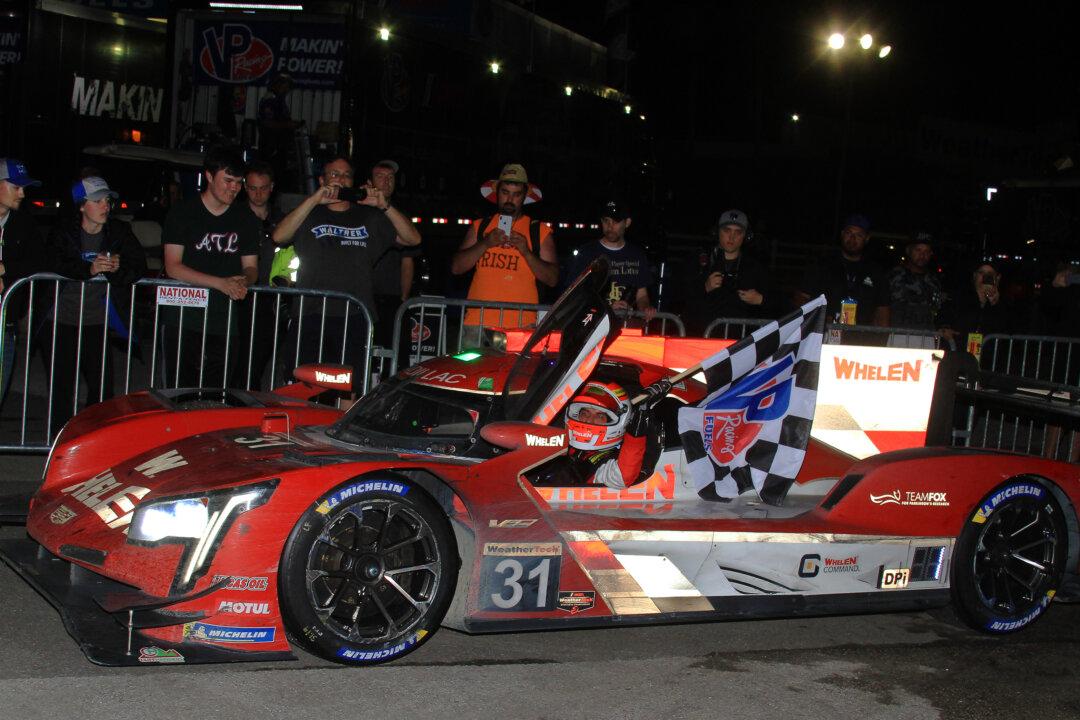DAYTONA BEACH, Fla.—When teenaged racer Tristan Nunez signed on to drive Mazda’s diesel prototype in the Tudor United SportsCar Championship in 2014 he knew it was a brand new development program and that successes would be infrequent at the start.
Nunez, whose career had been a string of “youngest driver to win,” awards, scoring race wins and championships in many types of cars, was joining SpeedSource, a championship GT team making its first foray into prototypes, using a production-based Mazda diesel engine cranked up the three times its normal output—a first in the series, if it worked.
That first season was tough on the team. Despite the best efforts of both SpeedSource and Mazda, the cars often failed to finish, and were always the slowest prototypes on track—often slower than half the GT field.
Initially, the engine was unreliable and down on power. With no power, the car had no speed, so the chassis and aerodynamics engineers could not get data to tweak their ends of things. After several seasons of winning almost everything, now just finishing a race seemed like a victory.
Nunez wasn’t daunted; showing maturity rare for a teenager (but not unusual for this teenager) the 19-year-old Floridian devoted himself to the very demanding and mostly unrewarding program. Fresh out of high school, he eschewed a normal teen life, instead rising early every morning to work out, drive, and learn about every aspect of professional racing.
Meanwhile, his name dropped out of the headlines. After several seasons of headlines trumpeting his string of amazing successes, Nunez disappeared from the media, which focuses on winners, not workers.
That could well change soon, as the determined efforts of Mazda, SpeedSource, Nunez, and his co-drivers are finally paying off.






